
Okay, so it’s sex without touching. But right now you can watch salmon as they shuffle and dance their way up numerous Puget Sound streams to reproduce. In Seattle, Piper’s Creek in Carkeek Park sustains a restored salmon run that’s underway through mid-December. This G-rated event draws kids from schools all over the city as well as curious adults. Have you ever seen spawning salmon up close in a small stream?
As they’ve been doing for thousands of years, fall-run salmon are returning from the Pacific Ocean to their home streams to spawn and die. They wait for the fall rains to kick in, their signal to head upstream. And the fall rains hit us big time this past week.
 I hike the forested trails along Piper’s Creek in Carkeek Park year-round, but I look forward to the fall salmon run like a kid excited for Christmas presents. Today I see a pair of salmon in the creek—my first sighting of the season. It’s raining steadily, and water drips from the profuse big-leaf maples and sword ferns that line the creek. The salmon hang in a pool on the edge of the muddy stream, occasionally splashing above the surface. With their shiny olive green and reddish mottled skin, they blend in to the leave-littered creek. The bigger of the two is at least 18 inches long, maybe 2 feet.
I hike the forested trails along Piper’s Creek in Carkeek Park year-round, but I look forward to the fall salmon run like a kid excited for Christmas presents. Today I see a pair of salmon in the creek—my first sighting of the season. It’s raining steadily, and water drips from the profuse big-leaf maples and sword ferns that line the creek. The salmon hang in a pool on the edge of the muddy stream, occasionally splashing above the surface. With their shiny olive green and reddish mottled skin, they blend in to the leave-littered creek. The bigger of the two is at least 18 inches long, maybe 2 feet. These could be coho but are likely chum salmon. “We get a few coho, but the chum do better because they don’t stay in the stream as long and aren’t as affected by the stormwater,” says Jean Murphy-Ouellette, a park naturalist with the Carkeek Park Environmental Learning Center. The sad reality is that although Piper’s Creek runs through a forested ravine, the water flowing into this creek and other Seattle creeks contains traces of toxins from yard and road runoff.
 “Wild salmon are nature's main means of returning nutrients from the ocean to the land, completing the essential nutrient cycle that underlies the ecological stability of the North Pacific Rim,” says Bruce Brown, author of Mountain in the Clouds, the seminal book on disappearing wild salmon runs of the Olympic Peninsula. I find it heartbreaking and inspiring that after so much abuse from humans, a few wild runs survive and some restored runs are doing well.
“Wild salmon are nature's main means of returning nutrients from the ocean to the land, completing the essential nutrient cycle that underlies the ecological stability of the North Pacific Rim,” says Bruce Brown, author of Mountain in the Clouds, the seminal book on disappearing wild salmon runs of the Olympic Peninsula. I find it heartbreaking and inspiring that after so much abuse from humans, a few wild runs survive and some restored runs are doing well. When You Go
Click on the Salmon Seeson page of the Lake Washington/Cedar/Sammamish Watershed website to find a map showing salmon spawning streams in the greater Seattle area. You can also see returning salmon right now elsewhere in the region. Try the Kennedy Creek Salmon Trail on Totten Inlet near Olympia in south Puget Sound to see one of the most productive chum salmon streams in the region. To find out what you can do to help salmon, click on the Puget Sound Partnership Resource Center.








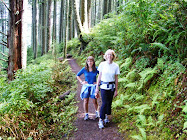

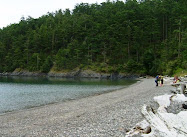
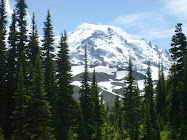


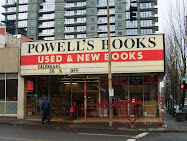
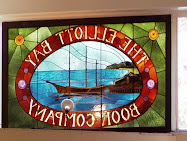
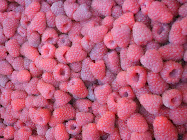
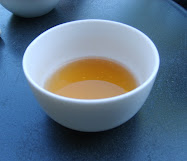
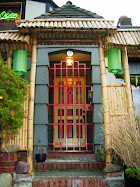




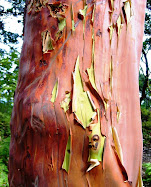

No comments:
Post a Comment